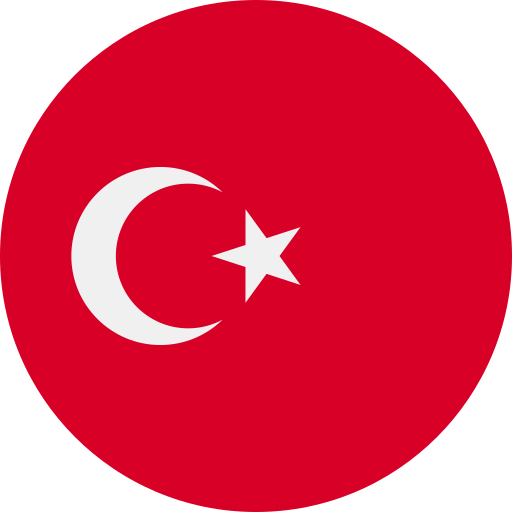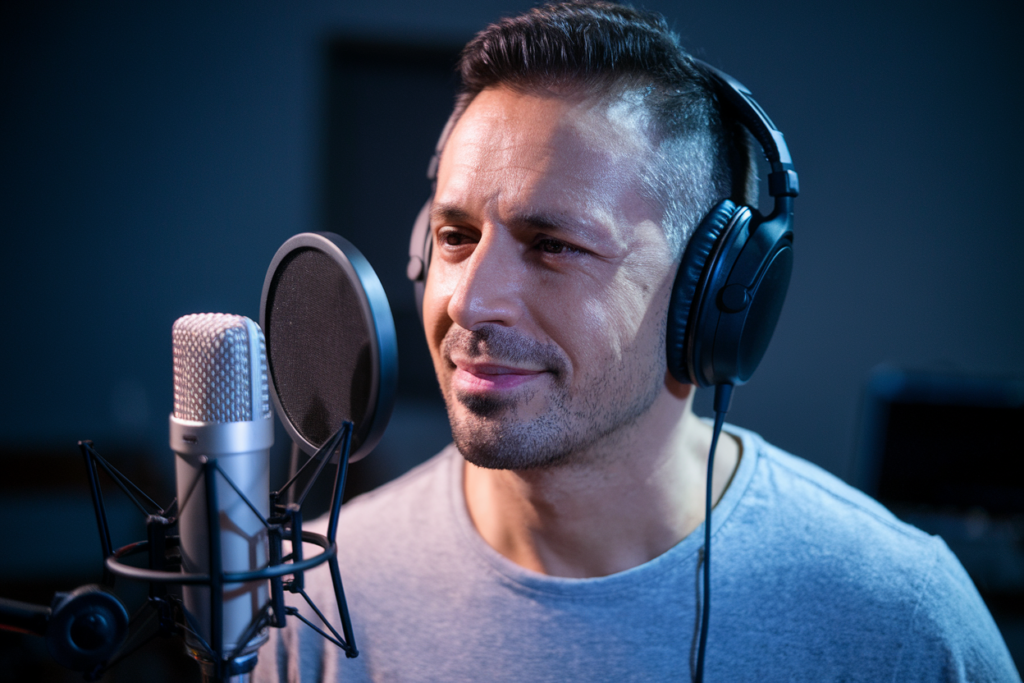Key Takeaways
- Distinct Language Status: Azeri, or Azerbaijani, is a unique language within the Turkic family and serves as the official language of Azerbaijan, differentiating it from Turkish dialects.
- Dialect Diversity: Azeri has two primary dialects—North Azeri and South Azeri—which exhibit mutual intelligibility but differ in vocabulary and pronunciation.
- Phonetic Features: The language includes unique phonetic characteristics such as specific vowel sounds that distinguish it from Turkish, highlighting its linguistic individuality.
- Cultural Significance: Recognizing Azeri as its own language fosters national pride and cultural identity among speakers, emphasizing its historical richness influenced by Persian and Arabic languages.
- Language Politics: The classification of Azeri impacts political dynamics between Azerbaijan and Turkey, affecting perceptions of sovereignty and cultural uniqueness in the region.
- Linguistic Evolution: Understanding the historical context reveals how Azeri evolved separately from Turkish due to geopolitical factors, enriching its vocabulary and grammar over centuries.
Is Azeri its own language or just a Turkish dialect? This question sparks curiosity among linguists and casual learners alike. As you dive into the rich tapestry of languages in the Caucasus region, understanding the nuances between Azeri and Turkish becomes essential.
Overview of Azeri Language
Azeri, also known as Azerbaijani, stands as a distinct language within the Turkic language family. It primarily serves as the official language of Azerbaijan and is spoken by millions in various regions, including parts of Iran and Russia. The language showcases considerable diversity, influenced by historical interactions with Persian and Arabic languages.
Azeri features two primary dialects: North Azeri and South Azeri. North Azeri predominantly appears in Azerbaijan while South Azeri is used mainly in Iran. Both dialects maintain mutual intelligibility to a significant degree but exhibit variations in vocabulary and pronunciation.
The Azerbaijani alphabet has undergone several transformations over the years, shifting from Arabic script to Latin script following the Soviet era’s influence. Currently, it uses a modified Latin alphabet that accommodates unique phonetic sounds found in Azeri.
Understanding the nuances between Azeri and Turkish can clarify their relationship within the broader context of Turkic languages. While both share common roots, they developed separately due to geopolitical factors that shaped their evolution over centuries.
Recognizing Azeri as its own language enhances appreciation for its rich heritage and cultural significance while distinguishing it from Turkish dialects.
Historical Background
Azeri, also known as Azerbaijani, stands out as a unique language within the Turkic family. Understanding its historical context reveals how it evolved over centuries and solidified its identity.
Origins of the Azeri Language
The roots of the Azeri language trace back to the Oghuz branch of Turkic languages. Early speakers migrated to the region around 1000 AD, influenced by established Persian and Arabic cultures. Over time, this interaction enriched Azeri vocabulary and grammar, distinguishing it from other Turkic languages. The first written records appear in poetry and prose from the 12th century, showcasing Azeri’s development as a distinct linguistic entity.
Influence of Turkish Language
Turkish has had a significant influence on Azeri due to geographical proximity and historical ties between Azerbaijan and Turkey. In modern times, increased communication has led to shared vocabulary and expressions; however, distinctive phonetic features set them apart. Despite these similarities, recognizing Azeri’s unique structure is essential for understanding its role in regional linguistics. The differences highlight not only cultural diversity but also the evolution of languages shaped by different experiences throughout history.
Linguistic Characteristics
Azeri, known as Azerbaijani, exhibits distinct linguistic characteristics that differentiate it from Turkish. Understanding these traits enhances your appreciation of the language’s uniqueness.
Phonetic Features
Azeri showcases unique phonetic features, including vowel harmony and specific consonant sounds not found in Turkish. For instance, Azeri includes vowels like „ö” and „ü,” which contribute to its distinct pronunciation. While both languages share some phonetic similarities due to their common Turkic roots, you’ll notice differences in intonation and stress patterns that make Azeri sound different from Turkish.
Vocabulary and Grammar
Azeri vocabulary reflects significant Persian and Arabic influences alongside its Turkic origins. You can find many borrowed terms related to culture, science, and everyday life that enrich the language. The grammar structures also vary; for example, Azeri utilizes postpositions instead of prepositions like in Turkish. Despite mutual intelligibility between North Azeri and South Azeri dialects, subtle differences exist in word choice and syntax that highlight the language’s richness.
By delving into these linguistic characteristics, you gain insight into why Azeri stands as a separate language within the Turkic family rather than merely a dialect of Turkish.
The Debate: Language or Dialect?
Azeri’s classification sparks ongoing debate among linguists and language enthusiasts. While some view it as a distinct language, others argue it’s merely a dialect of Turkish.
Arguments for Azeri as Its Own Language
Azeri stands out due to its unique characteristics and historical development. It’s recognized as an official language in Azerbaijan, spoken by millions across various regions. This status highlights its cultural significance, distinguishing it from regional dialects like those spoken in Turkey.
Linguistic diversity supports the argument for Azeri’s independence. With two main dialects—North Azeri and South Azeri—these forms maintain mutual intelligibility but differ in vocabulary and pronunciation. Such distinctions reflect deeper linguistic evolution rather than mere variations within a single language.
Moreover, the historical influences on Azeri contribute to its identity. Persian and Arabic elements enrich its vocabulary, showcasing layers of interaction with other cultures over centuries. The first written records dating back to 12th-century poetry reveal the distinct literary tradition that further solidifies its standing as a separate linguistic entity.
Arguments for Azeri as a Turkish Dialect
Conversely, some argue that Azeri is essentially a variant of Turkish due to shared roots within the Turkic family. Proximity between Azerbaijan and Turkey has led to significant overlap in vocabulary and expressions, particularly influenced by modern communication trends.
Phonetic similarities also bolster this perspective. Certain sounds are common between the two languages, which can make them appear more alike at first glance than they genuinely are upon closer examination.
Additionally, proponents highlight grammatical parallels such as sentence structure and syntax rules that align closely with Turkish conventions. These similarities may lead some speakers or learners to view Azeri simply as another form of Turkish rather than an independent language.
Understanding these arguments enriches your appreciation for both languages’ complexities within the broader Turkic context while clarifying their unique identities amid shared heritage.
Cultural and Political Implications
Understanding the cultural and political implications of recognizing Azeri as its own language versus a Turkish dialect is vital. This distinction influences national identity, social cohesion, and regional dynamics.
Impact on National Identity
Recognizing Azeri as a distinct language fosters a sense of national pride among Azerbaijani speakers. It underscores their unique heritage, history, and cultural expression. Language shapes identity; when people embrace their language, it strengthens community bonds and promotes a shared narrative. The presence of two main dialects—North and South Azeri—adds layers to this identity, allowing for local variations while maintaining mutual intelligibility.
Language Politics in the Region
Language politics plays a critical role in shaping perceptions between Azerbaijan and Turkey. The geopolitical context often complicates these relationships. Acknowledging Azeri as an independent language can enhance Azerbaijan’s sovereignty while asserting its cultural uniqueness against larger neighbors. Conversely, viewing it merely as a Turkish dialect may undermine this independence and create tensions regarding linguistic rights.
Debates surrounding these classifications aren’t just academic; they impact educational policies, media representation, and government initiatives aimed at preserving linguistic diversity. Recognizing the complexities within these discussions enriches understanding of how languages evolve alongside cultures in dynamic ways.
Conclusion
Understanding Azeri as its own language rather than just a Turkish dialect is vital for appreciating its rich cultural heritage. The distinct characteristics of North and South Azeri reflect the historical evolution influenced by Persian and Arabic, showcasing the language’s uniqueness. Recognizing this distinction not only honors the identity of Azerbaijani speakers but also emphasizes the significance of linguistic diversity in the region.
As you explore more about Azeri, consider how language shapes culture and national pride. Embracing Azeri’s individuality enriches your comprehension of Turkic languages while fostering respect for their complexities. This recognition plays a crucial role in celebrating Azerbaijan’s unique place within the broader linguistic landscape.
Frequently Asked Questions
Is Azeri a language or a dialect of Turkish?
Azeri, also known as Azerbaijani, is recognized as a distinct language within the Turkic language family. While it shares roots with Turkish, its unique characteristics and two main dialects—North Azeri and South Azeri—set it apart.
What are the main dialects of Azeri?
Azeri has two primary dialects: North Azeri, predominantly spoken in Azerbaijan, and South Azeri, mainly used in Iran. Both dialects maintain mutual intelligibility but differ in vocabulary and pronunciation.
How has the Azerbaijani alphabet evolved?
The Azerbaijani alphabet has transformed from Arabic script to a modified Latin alphabet. This change reflects its phonetic sounds and enhances accessibility for modern users.
What influences have shaped the Azeri language?
Azeri’s development has been influenced by historical interactions with Persian and Arabic cultures. These influences enriched its vocabulary and grammar over centuries.
Why is recognizing Azeri as a separate language important?
Recognizing Azeri as an independent language fosters national pride among Azerbaijani speakers, emphasizing their unique cultural heritage while distinguishing it from Turkish.
How do geography and history affect the relationship between Azeri and Turkish?
Geographical proximity and historical ties have led to shared vocabulary between Azeri and Turkish. However, distinctive phonetic features highlight their separate linguistic evolutions despite common roots.
What implications does classifying Azeri have on identity?
The classification of Azeri impacts national identity and social cohesion among speakers. Recognizing it as a distinct language reinforces cultural uniqueness while influencing educational policies in Azerbaijan.
Are there political consequences related to this debate?
Yes, recognizing Azeri as an independent language can bolster Azerbaijan’s sovereignty and assert its cultural uniqueness. Conversely, viewing it merely as a Turkish dialect may undermine this independence.







